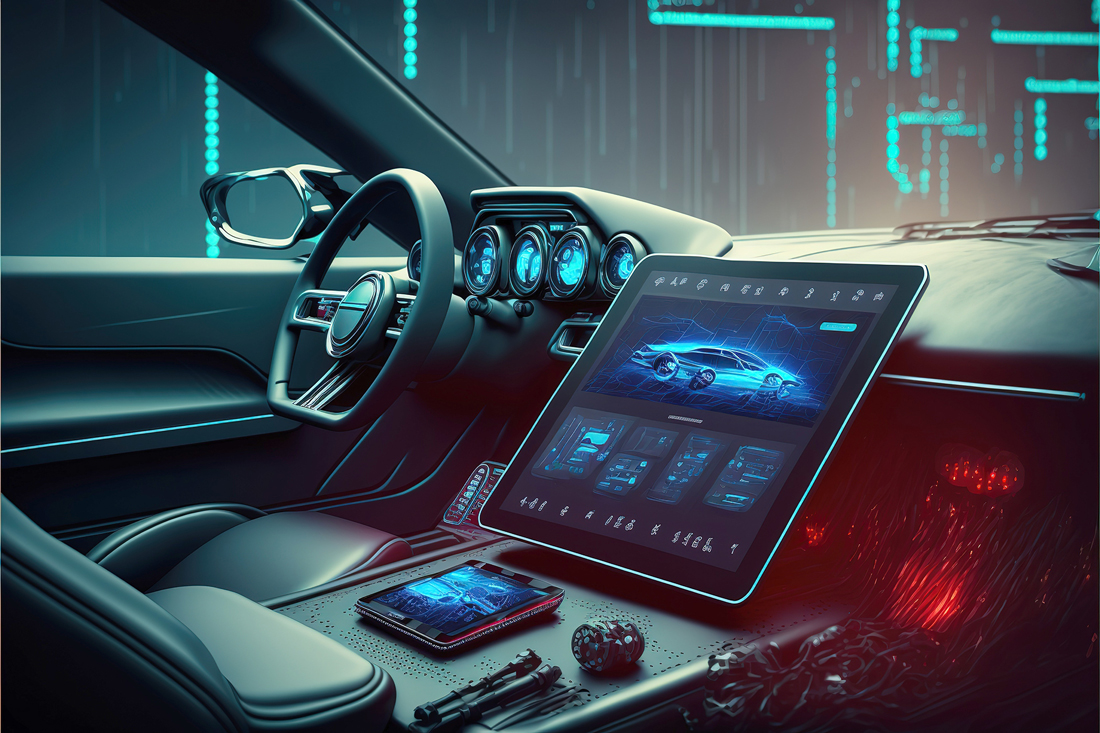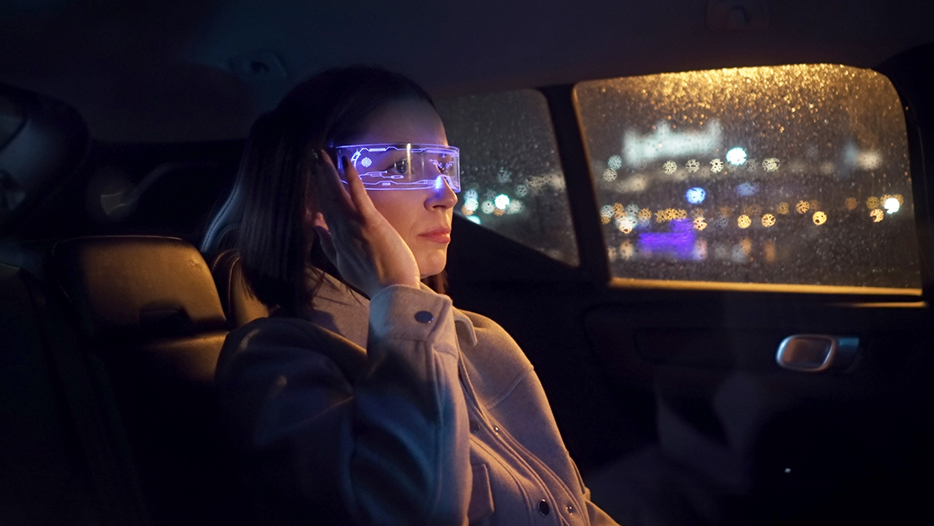BY KATO MURRAY
Swiss playwright Max Frisch once said technology was “the knack of so arranging the world that we don’t have to experience it.” While I realize that Frisch was trying to make a thought-provoking statement about how technology has impacted our perception and engagement with reality, I also like to think of it as a criticism of how often I experience my furniture (i.e., trip over) while playing Beat Saber on my VR headset due to my inability to effectively arrange my world (i.e., living room).
 Thankfully, for those of you not interested in giving yourself recreational motion sickness, there are still plenty of other technological advancements to look forward to as we approach the mid-point of the year that are not only happening right now, but evolving quickly into every day life. AI like ChatGPT aside, you might be shocked at how fast this technology has been integrated into everything.
Thankfully, for those of you not interested in giving yourself recreational motion sickness, there are still plenty of other technological advancements to look forward to as we approach the mid-point of the year that are not only happening right now, but evolving quickly into every day life. AI like ChatGPT aside, you might be shocked at how fast this technology has been integrated into everything.
5G Wireless Network Updates
Major telecommunication companies are still expanding their 5G infrastructure, with more countries embracing the technology and deploying networks nationwide. According to recent statistics from 5G Americas, there are an estimated 1.9 billion 5G subscriptions worldwide, which is expected to increase to 2.8 billion by 2024. Industries like health care, manufacturing, transportation, and entertainment are exploring innovative use cases enabled by 5G, including telemedicine, smart factories, autonomous vehicles, and immersive augmented reality experiences.
Internet of Things (IoT) and Vehicle Technology
The integration of IoT into vehicle technology has paved the way for a smarter, safer, and more efficient future on the roads. From connected cars to intelligent traffic management systems, the IoT will continue to have a transformative impact on the ground transportation industry in 2023 and beyond.
 Connected Cars
Connected Cars
It’s expected that we will see 192 million connected cars on the road across the globe by the end of 2023. Advances in artificial intelligence (AI) and machine learning are leading more car manufacturers to replace their existing hardware sensors with virtual sensors that can collect a wide variety of data ranging from vehicle health, traffic patterns, driver performance and wellbeing, and beyond.
Smart Infrastructure
The IoT is revolutionizing how cities are managing their infrastructure, systems, and services to create smarter, safer, and more efficient environment for drivers and pedestrians. For example, the combination of AI smart cameras or sensors can help cities reduce the frequency of incidents by using video analytics to monitor road conditions, traffic flow, and other safety issues. The IoT could also be utilized in traffic management to ensure that traffic signals are constantly informed by real-time information (e.g., the duration and brightness of a traffic light would adjust based on current weather to improve visibility and reduce accidents). This is up-to-the-minute data on steroids—and maybe just what you need to manage your logistics on a whole new level. And with a major influx of cash from the government to revolutionize our infrastructure, you can expect this to make a big splash now and in the coming years.
Fleet Management and Real-Time Vehicle Telematics
The IoT can be highly valuable in fleet management and real-time vehicle telematics by providing connectivity and the exchange of data points between vehicles, devices, and systems. Recent data reported by Samsara from 2,500 of their customers around the globe revealed these actions:
❱ Drove a combined distance of 35 billion miles—the equivalent of nearly 13 round trips to Neptune.
❱ Processed 451 million hours of dashcam footage, the equivalent of watching the extended editions of the Lord of the Rings trilogy 39,644,970 times, which would take 51,484 years to complete from start to finish.
❱ Digitized 26 million documents, the equivalent of saving approximately 3,100 trees.
Utilizing the data made available through IoT-enabled tools, fleet managers can identify underutilized assets to optimize vehicle allocation; automate data collection and reporting, ensuring compliance with regulations such as driver hours-of-service, vehicle inspections, and emissions standards; and capture data on driver behavior, including speed, harsh braking, acceleration, and more to incentivize safe driving practices and improve training.
Autonomous Vehicles: They’re Back
On June 5, Tesla CEO Elon Musk announced on Twitter that could make its semi-autonomous driving technology available via license to other automotive manufacturers. In the US, Tesla currently offers three levels of advanced driver assistance systems to its customers—marketed as Autopilot, Enhanced Autopilot, and Full Self-Driving, and, as of Q1 2023, had reached a total of 150 million miles of driving data.
Looking Ahead: The Metaverse
In May, BMW and Meta announced a partnership to bring Extended Reality (XR) to the driving experience utilizing existing AR and VR technology.
Claus Dorrer, head of BMW Group Technology Office USA, said: “It is too early to tell exactly how or when this technology will make it into customers’ hands, but we envision a number of potential use cases for XR devices in vehicles—from assisting the driver in locating their car in a crowded parking lot to alerting them to hazards on the road and surfacing important information about the vehicle’s condition.”
While an exact timeline for XR rollout in new vehicles hasn’t been announced yet, the initial plan is for BMW to test the technology with AR glasses with the goal of evolving to a full AR heads-up display (HUD). [CD0723]
Kato Murray is the solutions specialist for the LMC Groups. He can be reached at kato@lmc.group.

